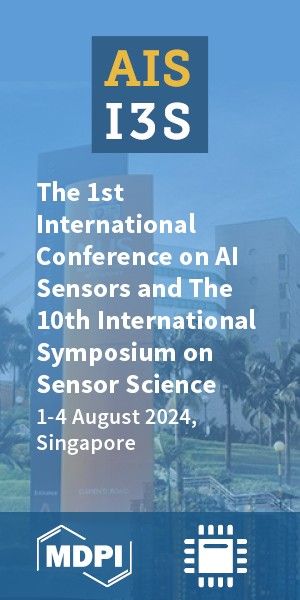Review
Version 2
Preserved in Portico This version is not peer-reviewed
Human-Robot Collaboration in Manufacturing Assembly Tasks
Version 1
: Received: 2 October 2023 / Approved: 2 October 2023 / Online: 2 October 2023 (07:38:39 CEST)
Version 2 : Received: 7 October 2023 / Approved: 7 October 2023 / Online: 7 October 2023 (09:25:01 CEST)
Version 2 : Received: 7 October 2023 / Approved: 7 October 2023 / Online: 7 October 2023 (09:25:01 CEST)
How to cite: Chowdhury, H. Human-Robot Collaboration in Manufacturing Assembly Tasks. Preprints 2023, 2023100049. https://doi.org/10.20944/preprints202310.0049.v2 Chowdhury, H. Human-Robot Collaboration in Manufacturing Assembly Tasks. Preprints 2023, 2023100049. https://doi.org/10.20944/preprints202310.0049.v2
Abstract
The paper provides a comprehensive review of the recent advancements and methodologies in Human-Robot Collaboration (HRC) applied to the manufacturing assembly process. In modern manufacturing, the assembly process involves intricate and time-consuming operations, often necessitating flexible manual interventions. However, the cost and stability issues associated with manual labor highlight the need for collaborative solutions integrating humans and robots. HRC, as a viable solution, involves the joint effort of humans and robots in manufacturing tasks, presenting advantages in terms of precision, reproducibility, and cycle time. This review categorizes and discusses methodologies such as task allocation, reinforcement learning, and Cyber-Physical Systems (CPS)-based planning approaches that facilitate HRC in the assembly process. It also explores experiments and future trends to address challenges and enhance efficiency in manufacturing assembly through intelligent collaboration between humans and robots. The objective of this research is to provide insights and directions for further research in HRC to optimize manufacturing processes. By analyzing the existing state-of-the-art and presenting future prospects, this paper aims to guide researchers and practitioners toward more effective implementations of HRC in manufacturing assembly, ultimately leading to improved operational efficiency and productivity.
Keywords
Human-Robot Collaboration (HRC); manufacturing assembly; task allocation, reinforcement learning; Cyber-Physical Systems (CPS); Industry 4.0; robotic assembly sequence planning; collaborative robotics
Subject
Engineering, Industrial and Manufacturing Engineering
Copyright: This is an open access article distributed under the Creative Commons Attribution License which permits unrestricted use, distribution, and reproduction in any medium, provided the original work is properly cited.
Comments (1)
We encourage comments and feedback from a broad range of readers. See criteria for comments and our Diversity statement.
Leave a public commentSend a private comment to the author(s)
* All users must log in before leaving a comment









Commenter: Hribhu Chowdhury
Commenter's Conflict of Interests: Author